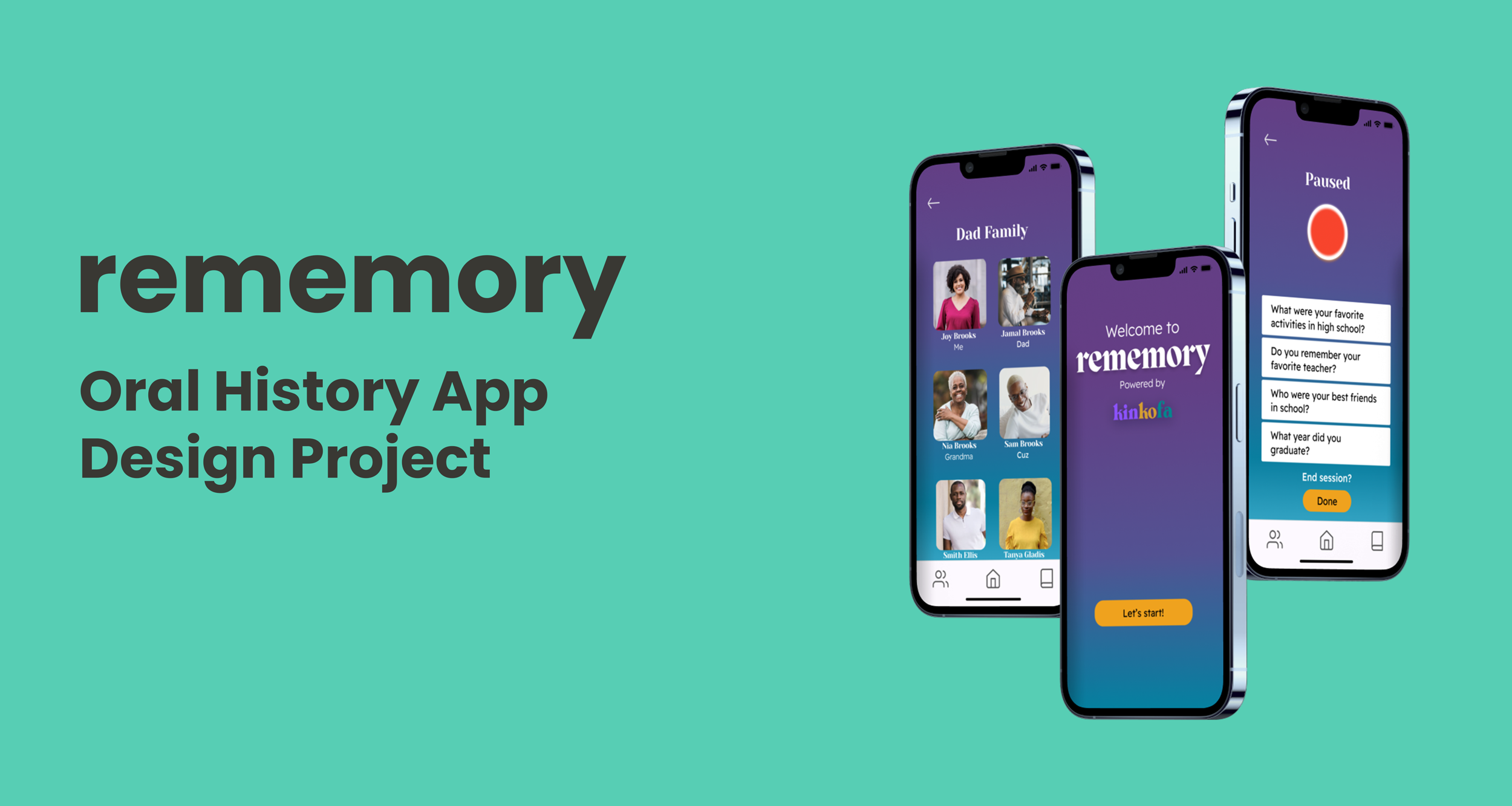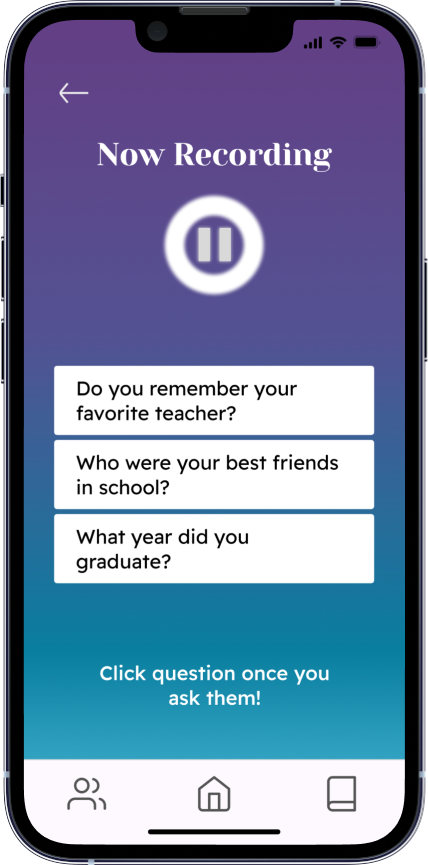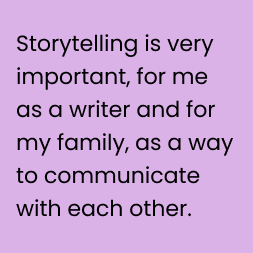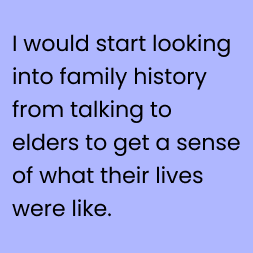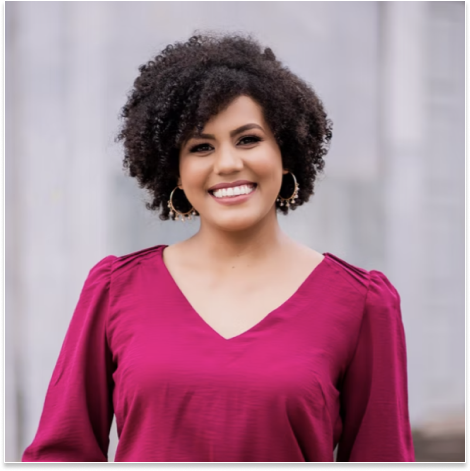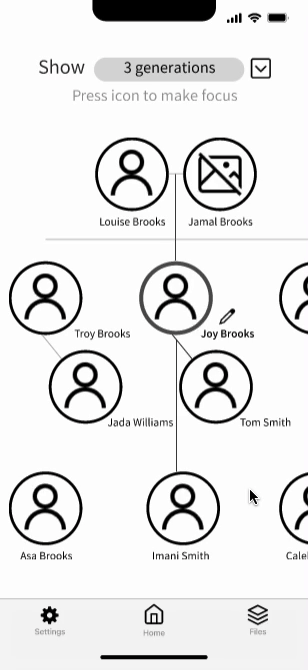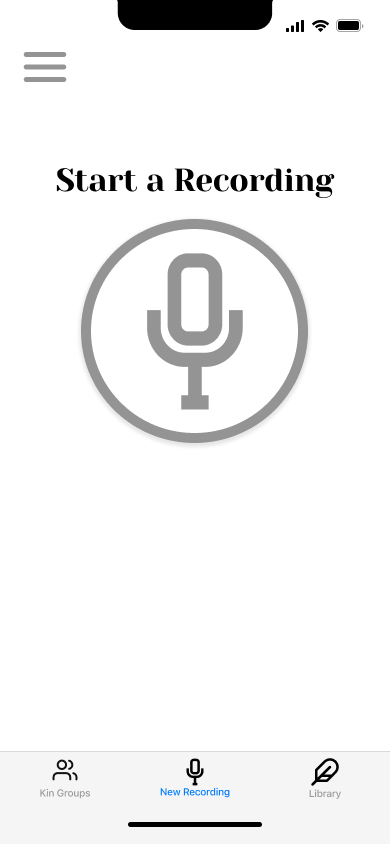rememory by kinkofa
kinkofa is a genetic genealogy platform that aims to make family history research accessible and inclusive for African Americans. kinkofa sought to make an oral history app, rememory, that users can record family stories and preserve them for future generations. Our team worked to actualize the client’s initial concept of an oral history app into a high-fidelity prototype based on research. rememory app will be a separate entity, specialized in the audio recording function under kinkofa’s brand name.
Project Overview
Challenge
Storytelling has been one of the primary forms of transmitting family history for African Americans, but there is no platform catered to African Americans to record and preserve oral history.
Solution
Make an audio recording app that automatically transcribes into text
Provide a guide for the interview
Apply a customizable privacy setting to share with the user’s own selection of groups
Role
UX Researcher, UX Designer
Time
3 Weeks
Team
Chloe Han, Dajana Memko,
Hafza Abid, Najwa Hossain
Tools
Figma, Notion
>Research<
Competitive and Comparative Analysis
Starting with the market analysis, our team looked for apps that users can use to record storytellings in relation to family history and expanded the search to apps that are related to genealogy research or have sharing functions between family members.
There was no direct competitor in the market that offers audio recording functions for the purpose of researching and preserving family history, but Storycorps was the closest competitor that had an audio recording function as well as the guided interview prompt. For the comparators, we selected MyHeritage, Honeycomb, and Abridge and we were able to derive key insights for essential features.
There was a handful of apps that provided family history research tools, but these features were mainly dependent on the existing written documents or DNA tests.
Secondary Research
Before moving on to user interview, our team wanted to learn about the current landscape by evaluating limitations of African American family history research and the traditional standing of oral history among the African American culture.
We also looked at how much storytelling had been relevant to African American culture. Before the western conquest of Africa, the primary method of preserving and recollecting history depended on memories that were transmitted orally. So oral history is rooted in African American culture and bringing back this tradition would also potentially fill in the gap of the limited written records.
Key Findings
There is a huge limitation in the paper record as only 10% of African Americans were free when the first U.S. Federal Census started including the names of African Americans in 1870.
Current genealogy platforms place the generalized context without properly reflecting the history of African Americans.
The majority of DNA test samples that major genetic research platforms have are from European ethnicity so they can’t provide as detailed results for other ethnic groups as European descendants.
User Interviews
Our team interviewed 7 people who researched their family history or were interested in starting their own. We found four major common insights from the interviews.
Concerns
Goals of research
Communication
Research Method
Main Takeaways
4 out of 7 interviewees were worried about finding something that can make them upset during the family history research.
6 out of 7 interviewees expressed their curiosity about their ancestors and wanted to create connections between generations.
4 out of 7 interviewees said that storytelling is an important communication method within their family.
All interviewees said that talking to family members is the main method of research.
User Persona
We created a user persona based on the interview findings.
Joy Brooks
“I want to see if there is a way to create a bridge between myself and my ancestors.”
Behaviors
Attends family events regularly.
Likes to communicate with elders on the phone.
Uses social media mostly with younger generation family members.
Shares some family event pictures on her social media but doesn’t share her family history.
Goals
Learns more about her family history.
Creates a family book for her family members.
Wants to remember wisdom imparted from elders.
Frustrations
She doesn’t have a consistent method to keep conversation with elders or stories from elders.
Some family members don’t want to talk about family history.
>Define the problem<
Design Opportunities
Based on our research findings on users, business, and competitive landscape, we identified current problems and design opportunities under three perspectives.
From the user’s perspective, users need a family history research platform that respects the privacy and dignity of African American community because their painful history can be traumatic to face.
And kinkofa wants to build an accessible family history research platform for African Americans that anyone easily participates in the interview or researches their family history.
From the c&c analysis, we found a market opportunity for a platform that is catered to African Americans because their research on family history is very challenging based on limited resources.
MoSCoW Method
We organized all the possible features following the MoSCoW method to prioritize them. The main features were audio recording & automatic transcribing, customizable privacy options, and an interview guide.
In addition, our team agreed to include the “Family Tree” as well in the Must-have feature even though it wasn’t identified during the synthesis process, but we thought that seeing the visual family connection would be an important step in any family research process.
Issues with the Family Tree Feature
Through the multiple rounds of design studios, we decided to show the family tree as the landing page because we assumed users would like to check the relationship within the family before proceeding to any tasks. Then we created the mid-fidelity prototype to check the overall flow.
However, this flow included multiple issues due to the following reasons.
The mobile screen was too small to show the whole family tree otherwise being downscaled or having the scroll function.
It was not backed up by our research that users start checking the family tree to start family history research.
The family tree had to be filled out as a pre-requisite step to proceed to the recording.
The user needed to build most of the family tree’s frame first to add any additional connection. Otherwise, the new connection couldn’t be added.
Back to Evaluating MVP
We realized that we made a family tree app, not an oral history recording app so we decided to go back to the MoSCoW chart and reprioritized the audio recording & transcription features among other Must-have features.
Below are the main functions included in our MVP.
>Iteration<
My Design Solution Alternatives
Based on our MVP, I suggested new solutions to replace the family tree on the landing page as well as its function to categorize the interviewees.
Show the recording function on the landing page as it is our main feature. Remove the unnecessary step to fill out the family tree.
Let users decide how to group people based on both family relationships and story topics instead of mapping out the family tree.
Usability Testing to Resolve the Issues
We had three rounds of usability testing from the mid-fidelity wireframes to the high-fidelity prototype. I focused on the landing page and group creation function for this case study.
Landing Page: This is the first page users see after opening the app.
Round 1
We only placed a clickable mic icon on the landing page.
In testing, 4 out of 5 users clicked the recording icon and assumed the recording would start right away.
Round 2
In the 2nd testing, all 4 users clicked the recording icon right away, but some users still expressed the need for more explanation on what the recording was.
We added a text description to let users click the mic icon.
Round 3
We changed the icon to a cassette tape from the mic as people associated the mic icon with an audio play button.
We added other buttons to indicate that there are other options available to start this app.
In the 3rd testing, 4 out of 4 users clicked the “start a recording” button right away but didn’t think the recording would start once clicked.
Group Page: This is the page users see after they select to share the recording with their groups. They can either choose existing groups or create a new group.
Round 1
We labeled this section as “Groups” and the people & files tabs together on the same page.
In testing, 3 out of 5 users were confused about what this group page was for.
Round 2
We removed the page title, “Groups”, and put the question to inform users and to call the action.
In the 2nd testing, 2 users out of 4 users questioned what the people and notes tabs were.
Round 3
We removed the people, notes tabs and changed the title to reflect the fact that users can form the group as they want.
In the 3rd testing, 4 out of 4 users proceeded to the next step.
High-Fidelity Prototype
Reflections
rememory was a special project as our team was tasked with creating a brand new app based on research and business needs. Since we were building an app from the scratch, one of the biggest challenges was to narrow down all the possible features and focus on our MVP. Initially, our team made the mistake of following other family research apps in the market by adding the family tree feature, but we were able to identify the issue and reorganize our MVP according to our research findings. This project was a great learning experience for me as I learned how to accept the mistake and find ways to solve it.

